My wife and I once watched the very forgettable 2004 film “Mind the Gap.” I remember little about the movie, but the phrase has been bouncing around my head ever since. It was coined in 1969 for the London Underground system as a message alerting passengers to the gap between the platform and the subway car. It’s also a very helpful metaphor for dealing with cognitive, emotional and spiritual dissonance — if you want to know where the important issues are, look for the seams, discrepancies, anomalies and inconsistencies that trouble you. I have learned from therapy sessions dating back to my separation and divorce that my feelings of irritation, frustration or anger directed at a loved one are usually a sign of deeper, usually hidden, issues of vulnerability and accumulated pain. I have learned through this experience to try and “mind the gaps.”
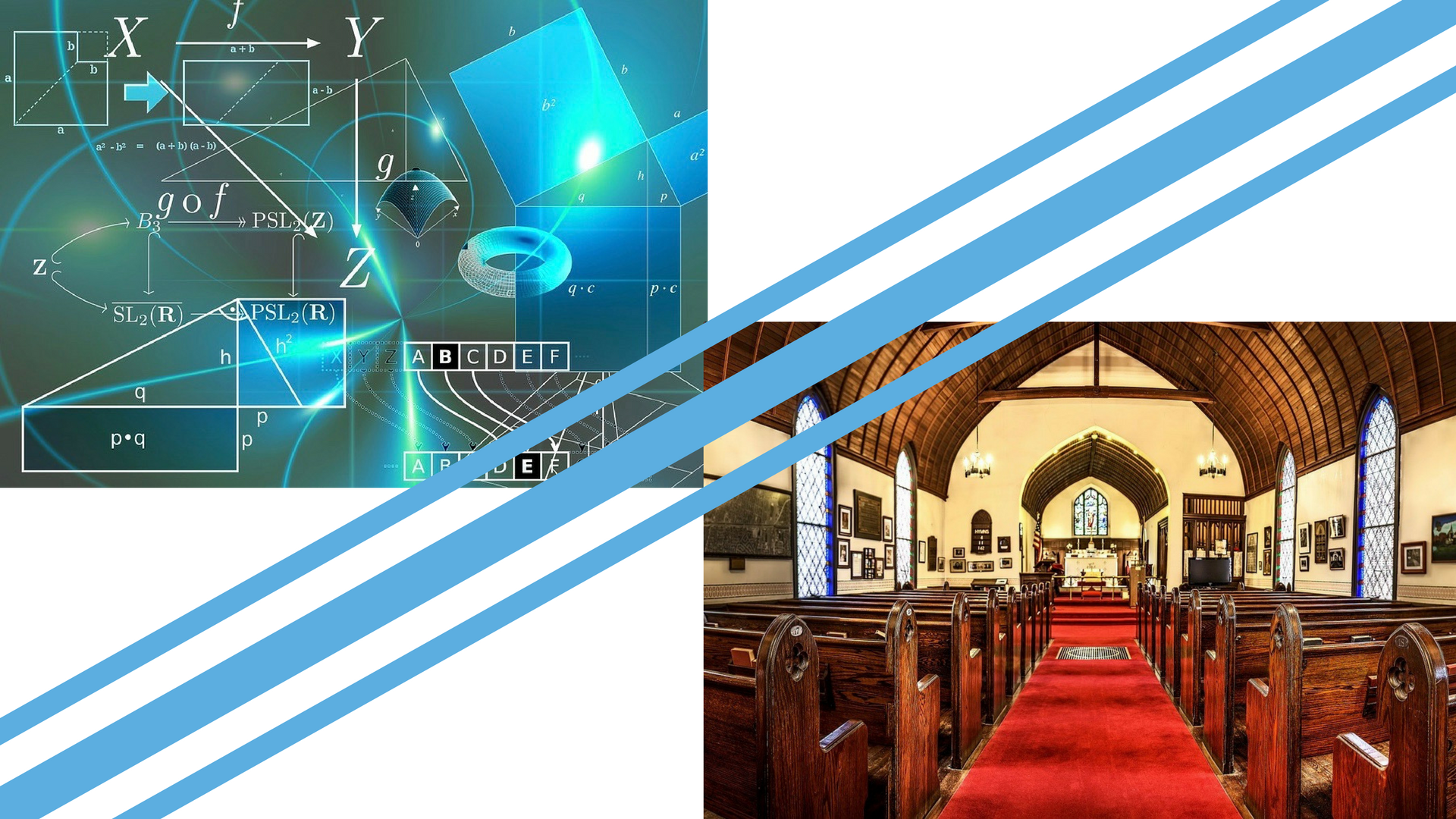
Stephen J. Gould was grappling with such dissonance in his 1997 essay “Non-overlapping Magisteria” (NOMA). At issue were the competing claims of those rejecting religion as superstition or ignorance, and those rejecting evolutionary science on the basis of biblical literalism. The inspiration for his essay was Pope John Paul’s 1996 Proclamation on Theories of Evolution, where Gould found support for the idea that science and religion addressed different and non-intersecting categories of inquiry and therefore could peacefully coexist.
“NOMA represents a principled position on moral and intellectual grounds, not a mere diplomatic stance. NOMA also cuts both ways. If religion can no longer dictate the nature of factual conclusions properly under the magisterium of science, then scientists cannot claim higher insight into moral truth from any superior knowledge of the world’s empirical constitution. This mutual humility has important practical consequences in a world of such diverse passions.” (Natural History 106 (March 1997): 16-22)
Gould’s recommendation could be characterized as a variant on the old trope “good fences make good neighbors”, but, as he admits in the essay, there are many areas of interest where the boundaries between science and religion are not clear. More significantly, the implications of keeping the various spheres of human inquiry distinct implies that they can never be integrated — we are doomed to a life of the mind which is inherently schizophrenic. While many scientists, including the agnostic Gould, may find that satisfactory, it places the burden on believers to park their beliefs and identity at the door to the academy. This hardly leads to an atmosphere of inclusiveness and acceptance within.
The NOMA model is a variant on the older “God of the Gaps” argument, which some 19th century theologians decried, saying that using God as the answer to gaps in scientific knowledge mistakenly separates God from Nature. Moreover, as science fills those gaps, God will disappear. Dietrich Bonheoffer expressed it this way: “How wrong it is to use God as a stop-gap for the incompleteness of our knowledge. If in fact the frontiers of knowledge are being pushed further and further back (and that is bound to be the case), then God is being pushed back with them, and is therefore continually in retreat. We are to find God in what we know, not in what we don’t know.” (letter to Eberhard Bethge, 29 May 1944, pages 310–312, Letters and Papers from Prison .)
Both NOMA and “God of the Gaps” seek to avoid dissonance by appealing to a form of metaphysical dualism that separates the world of objects and fact from the world of intention and meaning. This denial serves to protect the entrenched positions of two poles of understanding, while effectively prohibiting their integration into the unitary sphere of one’s life.

Continue to Episode 4 – The Emptiness of Reductionism
Episode 1 – Sources of Faith
Episode 2 – The Downward Spiral
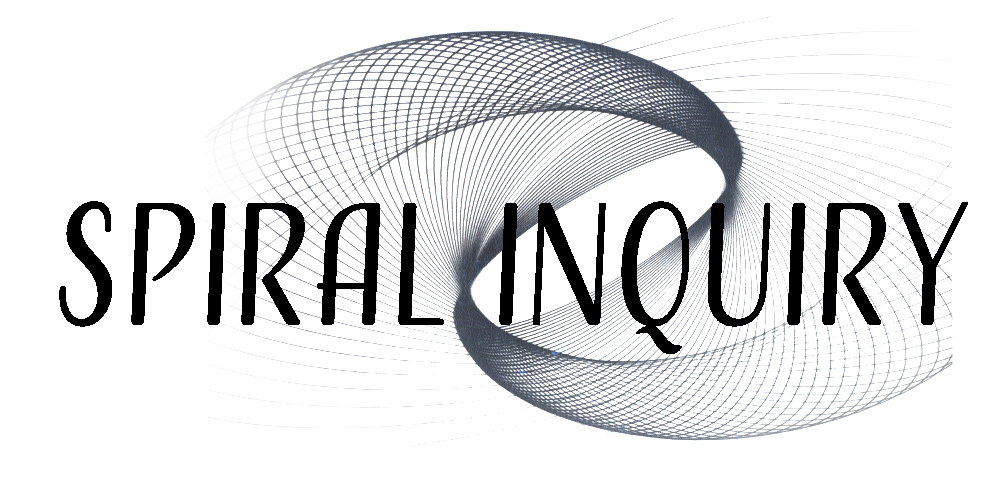





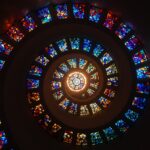


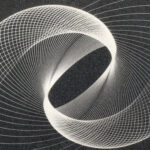
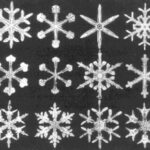





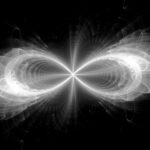

[…] and with authority only on its side of the divide. I discussed this concept at length in Minding the Gaps, concluding that NOMA simply “serves to protect the entrenched positions of two poles of […]